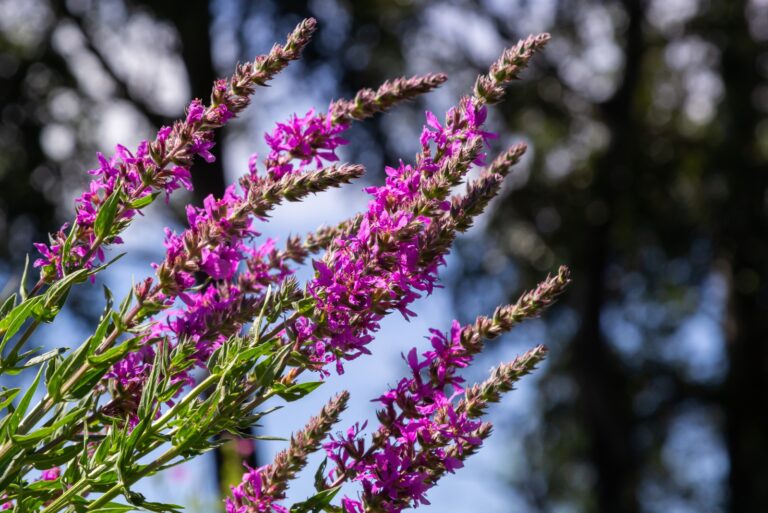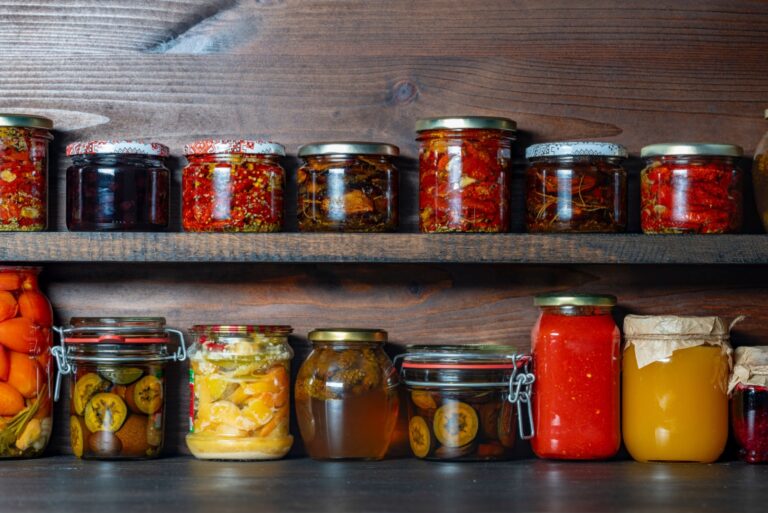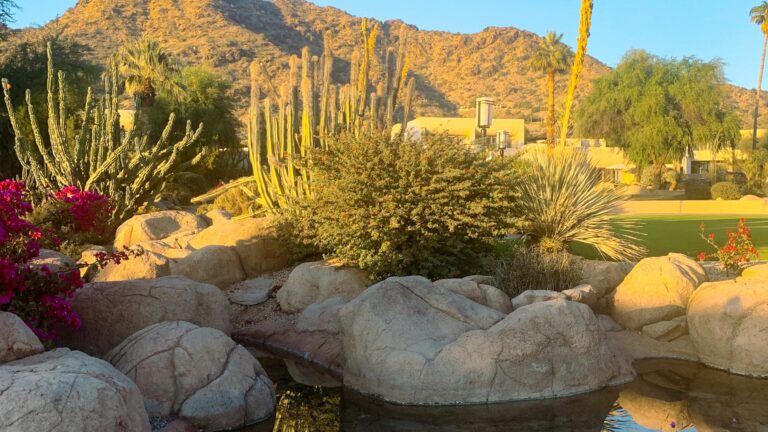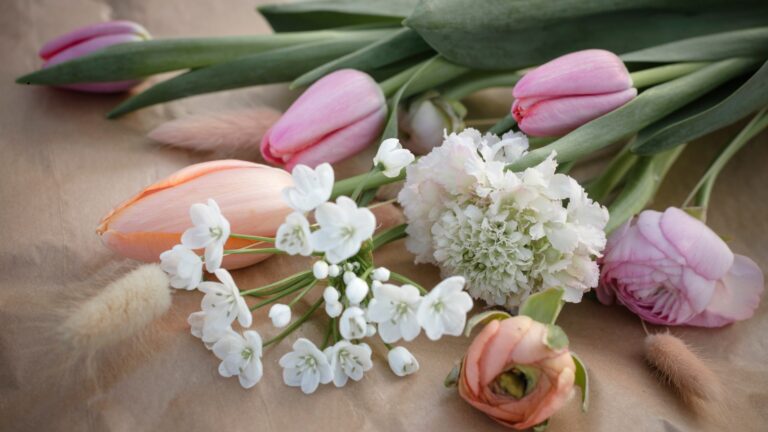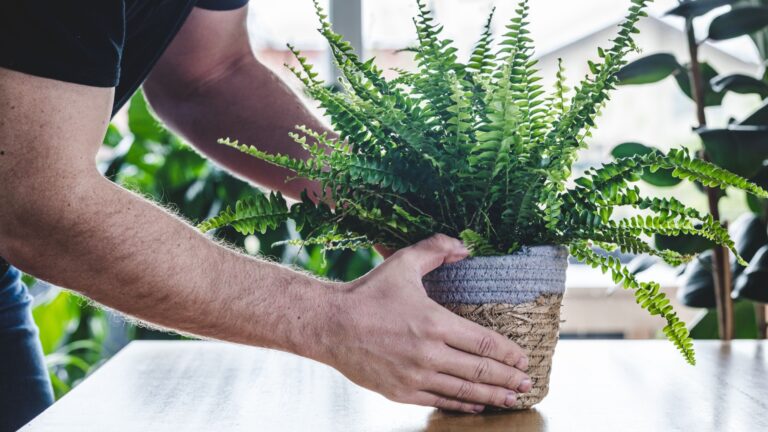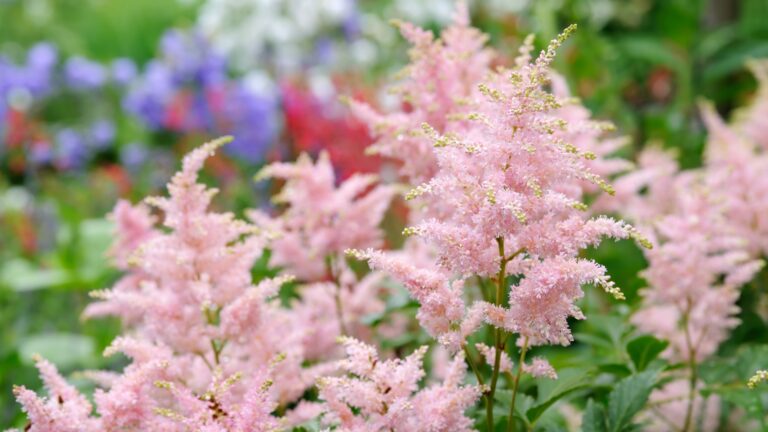Short on Garden Space? Try A Pot-Based Pollinator Garden To Attract More Pollinators
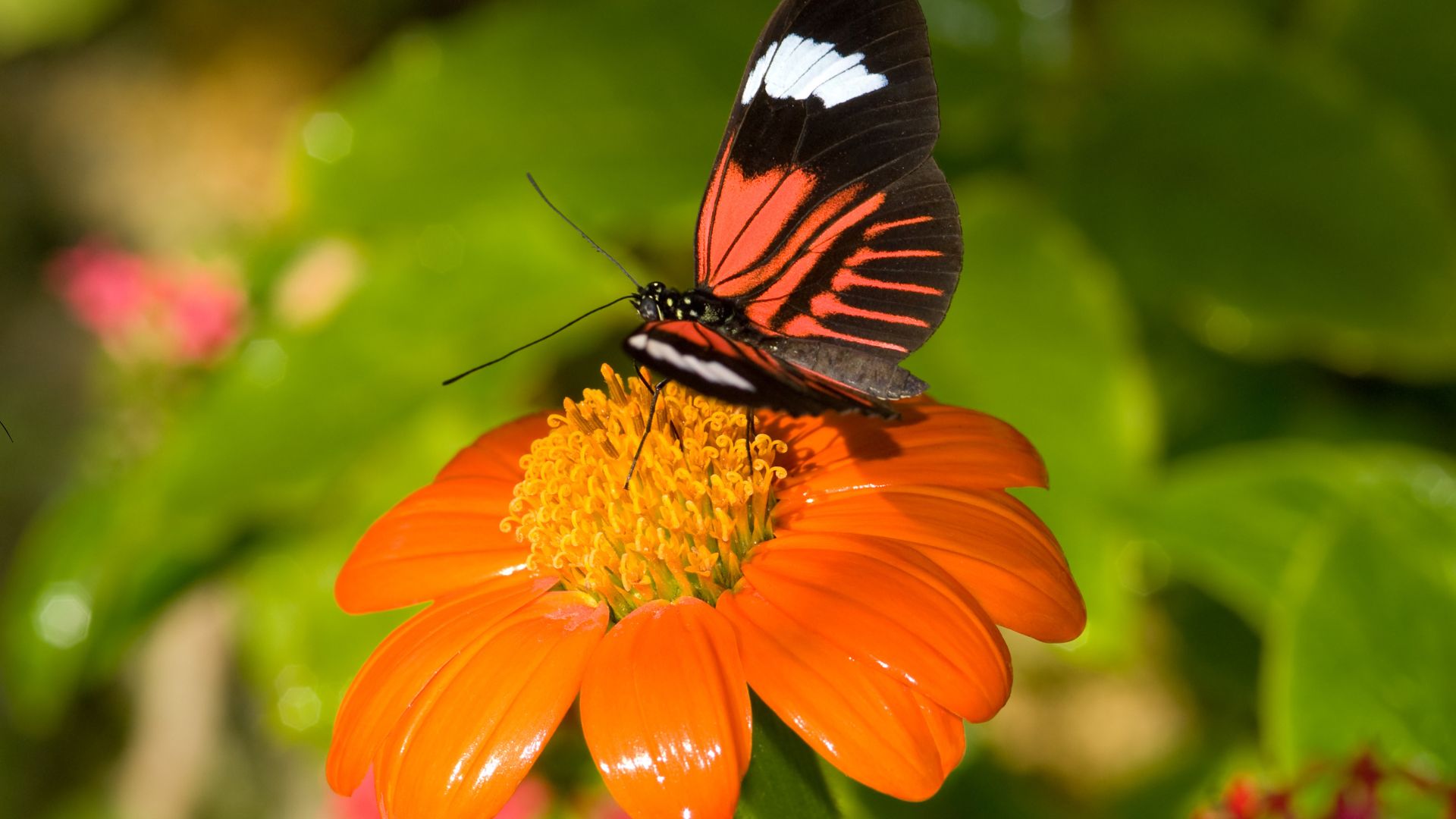
When you have limited garden space, it’s not easy to fit in all the plants you want. Before I moved to Florida, my garden could barely fit me in it, let alone all kinds of veggies, herbs, and flowers I wanted to grow!
That’s when I turned to container gardening. My goal was to have my very own pollinator patch. I started with just a few containers, and before I knew it, I had a lively little garden right on my porch!
By choosing the right plants and arranging them in pots, you can attract bees, butterflies, and other pollinators without needing a sprawling garden.
If you’re in a similar situation as me, stick around and find out how you can turn a small space into a buzzing retreat.
1. Grab Your Pots And Prep The Soil
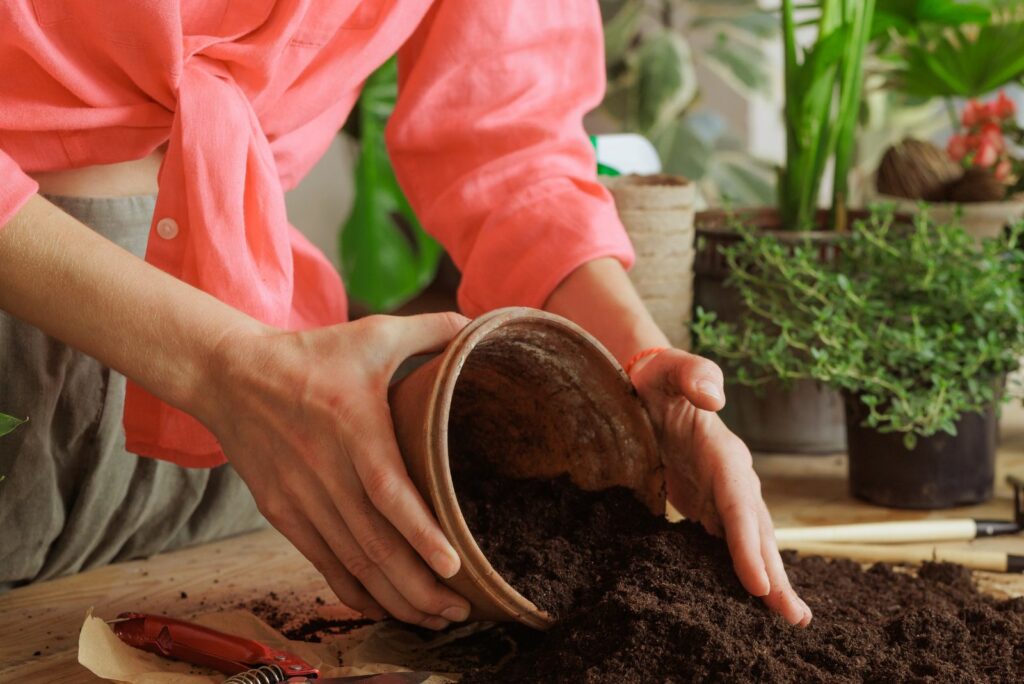
Okay, first things first, you’re going to gather your pretty pots (make sure that they have drainage holes) and fill them with the right kind of soil.
The secret ingredient to thriving container plants is compost. I add compost a few times a year to keep the soil healthy since it doesn’t get refreshed like garden soil.
You can just sprinkle it on top and let the rain do the rest. And I would also recommend regular organic feeding because unlike most perennials, which don’t need extra fertilizer, container plants actually do need that nutrient boost.
Related: Here’s A Common Ingredient You Should Start Adding To Your Compost Pile
2. Choose Native Plants
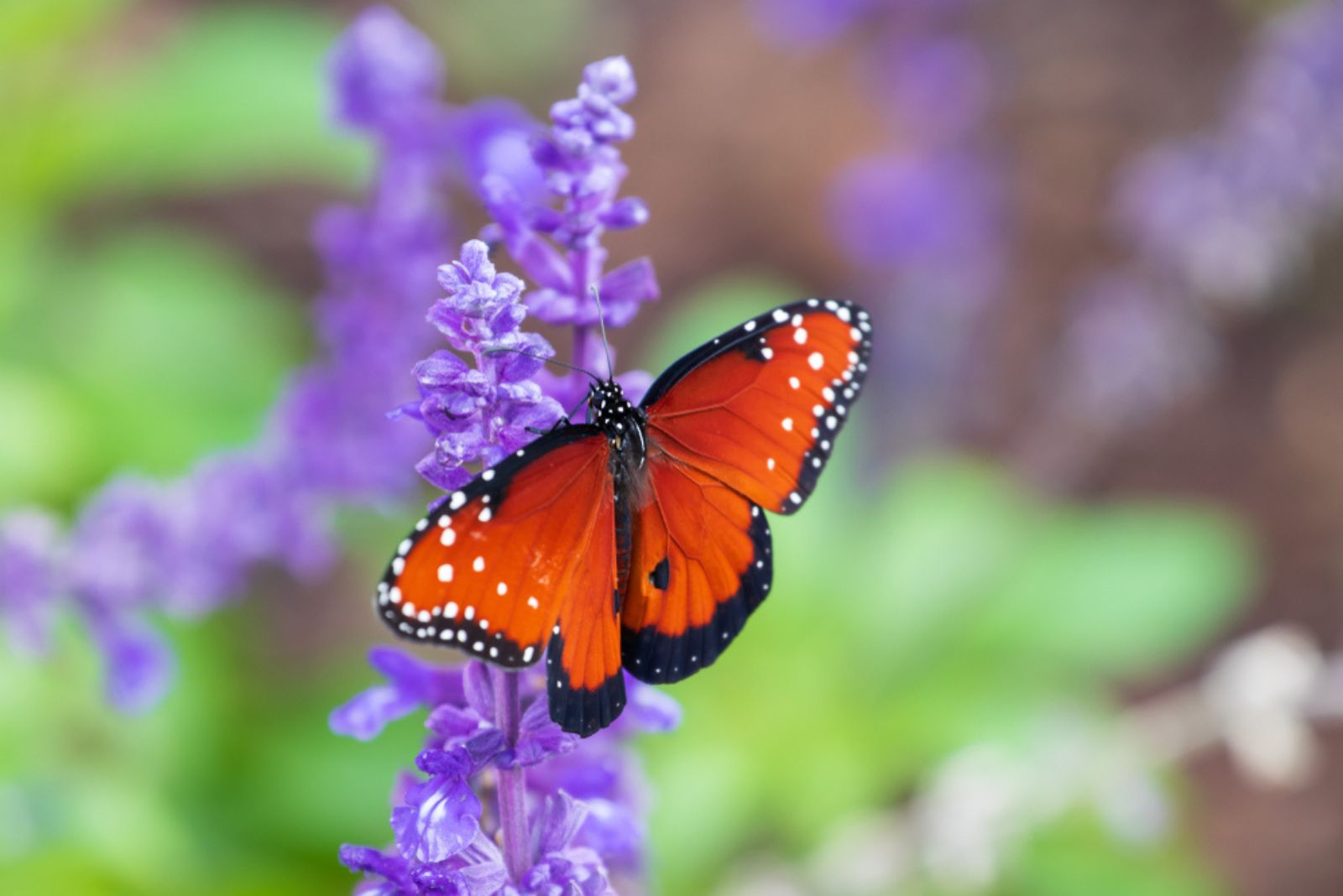
Now is the part where you pick the plants for your containers. It’s always a good idea to start with the native plants first.
You know, plants that are native to your area have grown up alongside the local wildlife and have special relationships with them.
For instance, monarch butterflies and milkweeds are a famous duo, but there are tons of other companionships that are yet to be discovered.
But just because a plant is a pollinator favorite doesn’t always mean it’s garden-friendly.
Take the Japanese knotweed as an example – this plant is a bee magnet but also highly invasive. If you grow it in the garden, you’d be constantly worried because it might take over your other plants.
On the other hand, if you plant it in a pot, it has nowhere to go and spread (you get all the perks without stressing about its invasive nature).
3. Don’t Be Afraid To Go Big
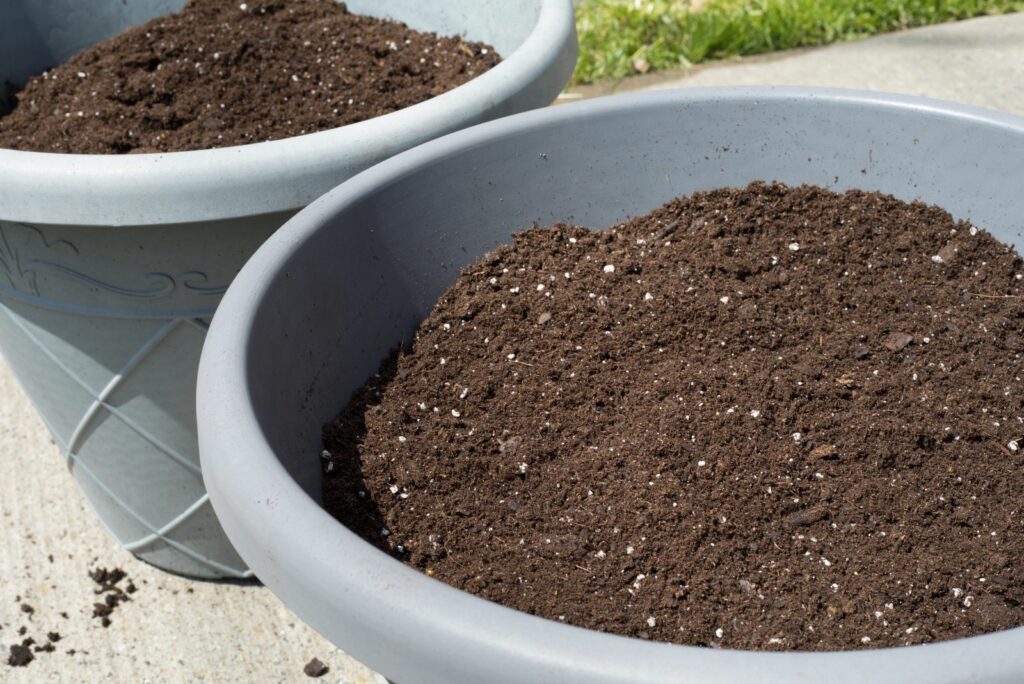
Sure, you can use a bunch of smaller pots to grow your pollinator patch. But you also shouldn’t be afraid to go big (and I’m talking 5 gallon big).
First of all, a larger pot means more soil, which stays moist longer.
Second of all, bigger pots attract more pollinators!
When we use large pots or group them together, we create a big, appealing target for pollinators. A bigger target makes it easier for them to find their favorite blooms.
Also read: 15 Cover Crops That Serve As A Pollinator Patch
4. Stay Consistent
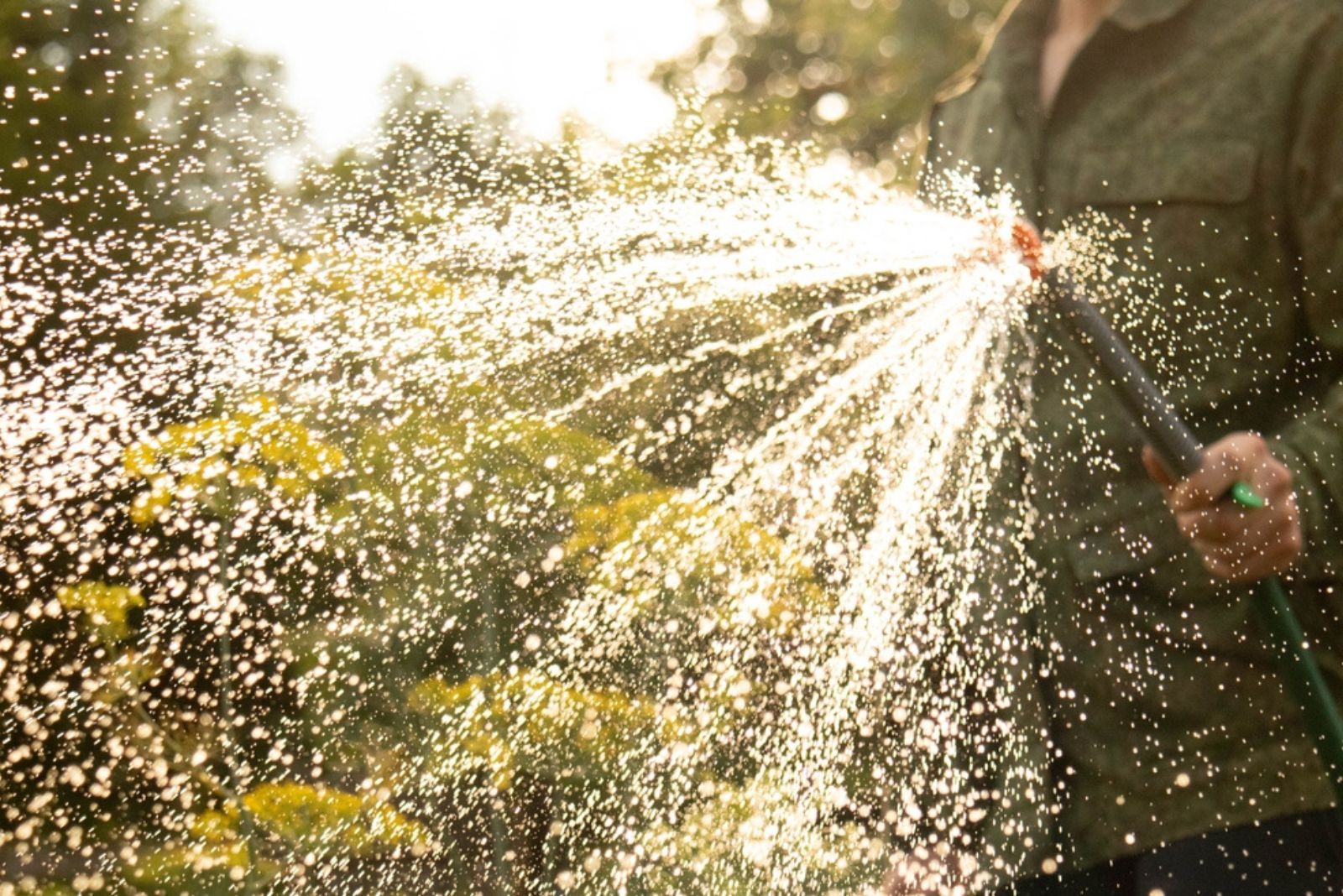
Pollinators, just like us, need a balanced diet.
Instead of filling your container garden with lots of tiny plants of different kinds, focus on a few types but in larger quantities.
It’s better to have a good number of one species because pollinators prefer finding a bunch of the same flower (so grouping similar plants together will draw them in without needing one huge bloom).
You’ll also have to stay consistent with the watering, as one common mistake in container gardening is actually not giving the plants enough water.
Soil in pots dries out much faster, especially on hot, sunny days or in windy places like decks or brick patios. People often forget that container plants need more water than they might think, especially if they’re used to watering indoor houseplants.
So, keep your pollinators happy with a good plant combo and make sure your containers stay well-watered for a thriving garden!
This might be interesting: Are Dragonflies Pollinators? The Answer Might Shock You!
5. Add More Colors To Attract Hummingbirds
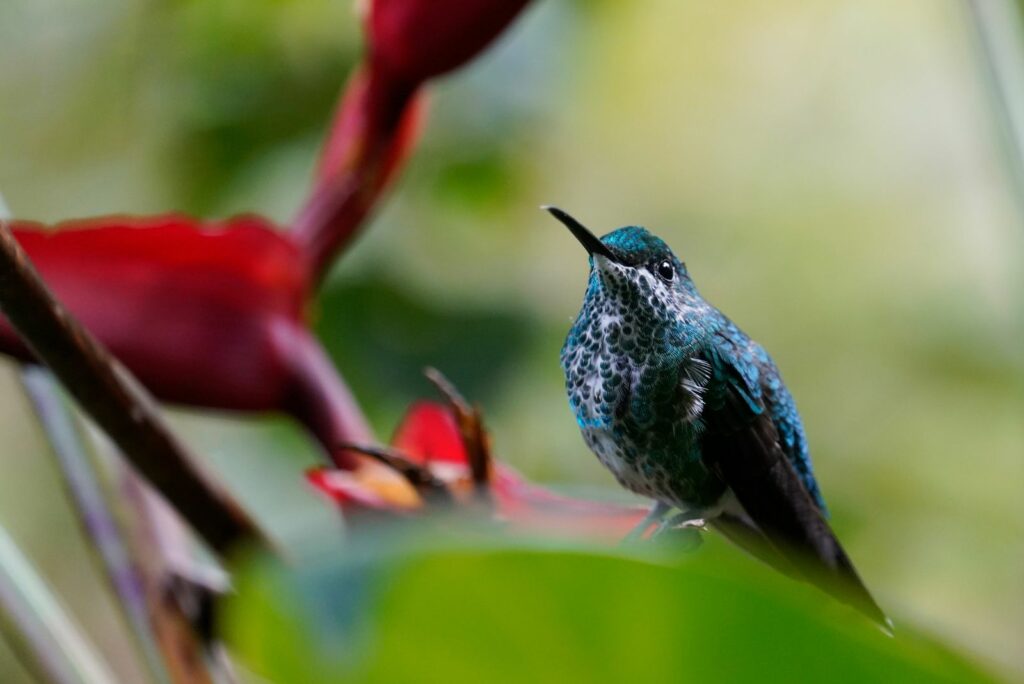
Did you know that pollinators actually have their favorite colors? That’s true, pollinators are attracted to flowers with vibrant colors.
Hummingbirds are drawn to red flowers, bees love purples and yellows, and butterflies can’t resist a rainbow of colors. Moths, on the other hand, are big fans of white blooms.
It’s great to mix up your garden with various colors and shapes. Almost any choice is a good one. This is your chance to get creative with your color palette and design a garden that won’t be a buzzkill.
Related: Grow These 20 Nectar-Rich Native Plants If You Want To Attract Hummingbirds To Your Yard
6. Or Opt For A Herb Garden Instead
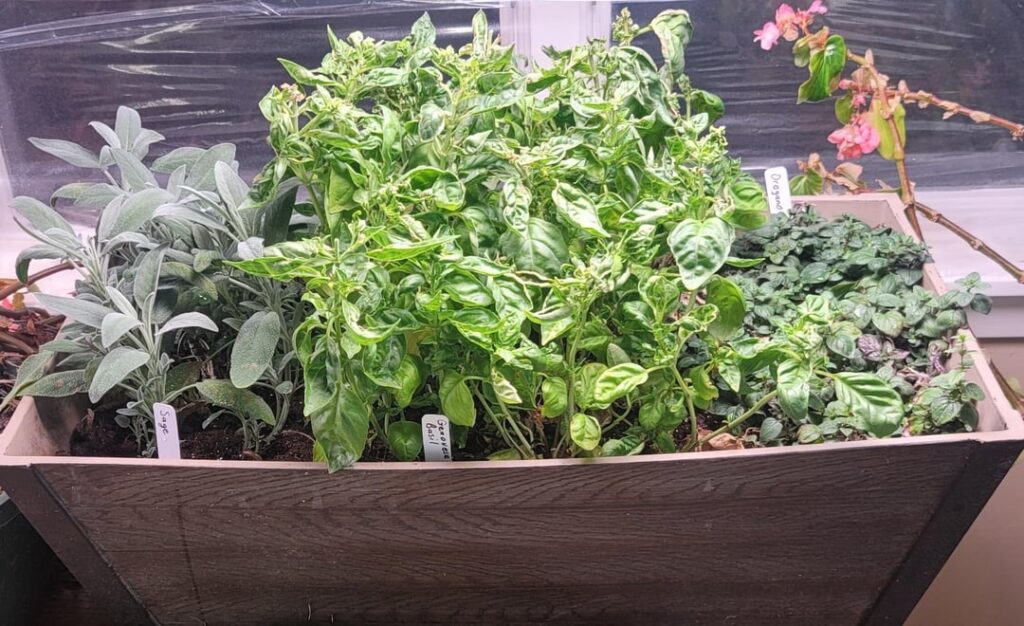
If you want to have a pollinator garden and enjoy some delicious spices and teas at the same time, then creating a herb garden is your best option.
My sister’s herb container garden is a perfect example. She included tall grasses for shade, along with native bee balm and phlox. Plus, you can opt for flowering kinds like lavender, thyme, chives, oregano, basil, and sage (I’m not even sure how many herbs she has!).
So, why not create a garden that’s both beautiful and useful? Combine some herbs and plants that attract pollinators for a dual-purpose garden!
Find out more here: These 7 Amazing Herbs Will Attract Beneficial Insects To Your Garden

